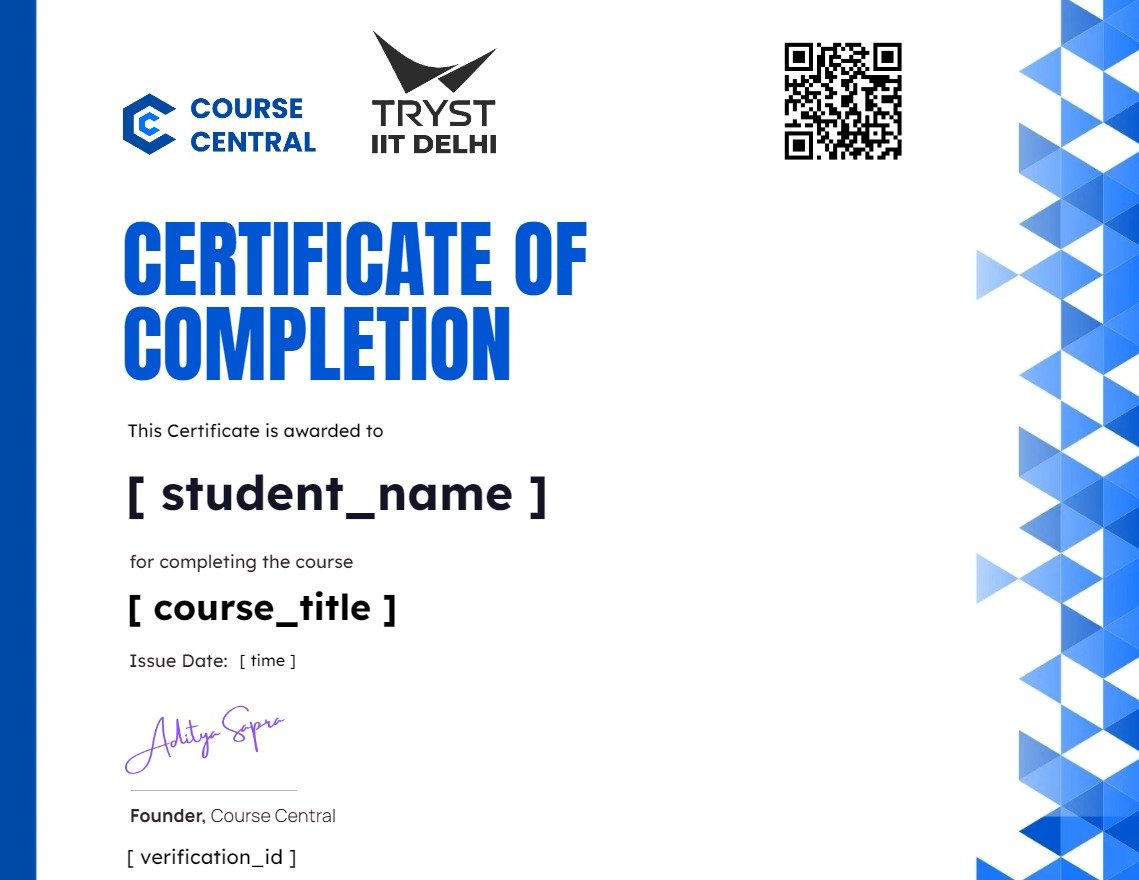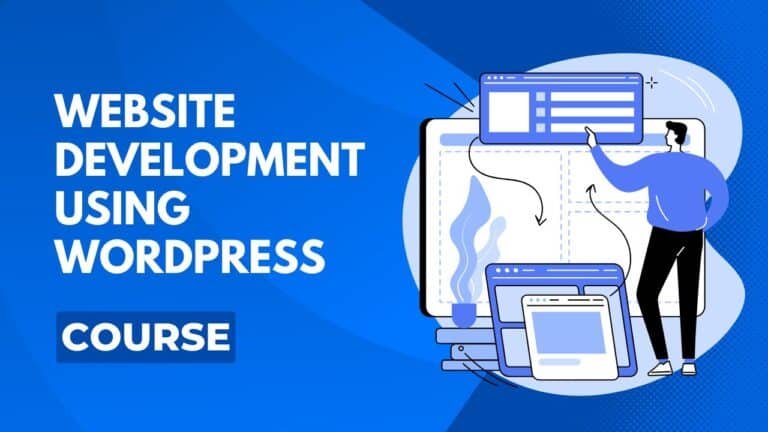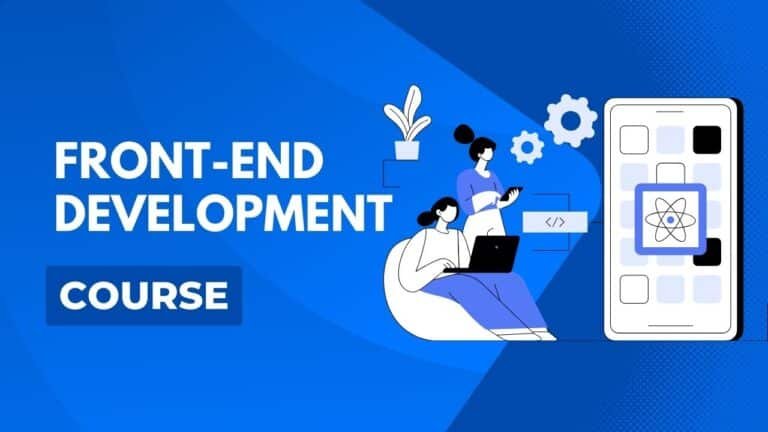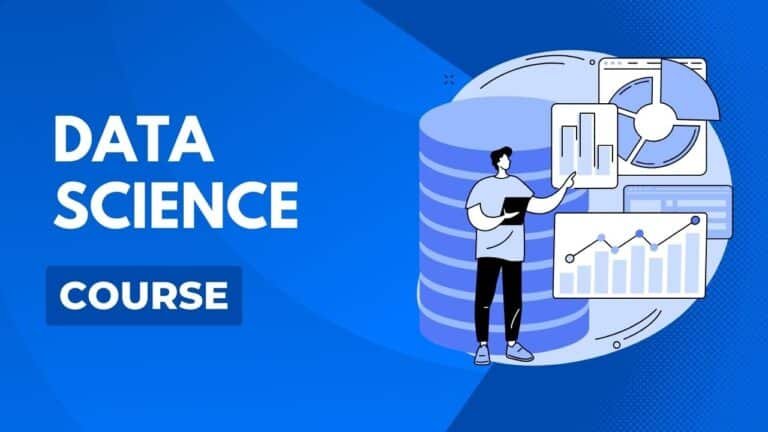
Email Formatting
Description
The Email Formatting course is designed to help individuals master the art of writing clear, professional, and effective emails for various business and personal contexts. This course covers essential components such as subject lines, greetings, tone, structure, and closings, ensuring that every message is polished and purposeful. Learners also explore formatting techniques that enhance readability, including bullet points, paragraph spacing, and proper use of fonts and signatures.
Ideal for students, professionals, and anyone looking to improve their communication skills, the course offers practical tips and real-life examples to build confidence in email writing. Participants will learn how to tailor emails for different audiences, handle formal and informal messages, and avoid common grammar and etiquette mistakes. By the end of the course, learners will be able to craft well-structured emails that convey messages clearly and leave a professional impression.
-
LevelAll Levels
-
Last Updated05/05/2025
-
CertificateCertificate of completion
Demo Lecture
Course Curriculum
IMPORTANT INSTRUCTION
-
Read Before You Start Course
LETS GET STARTED
-
Outlook and Gmail Tools Demonstration
-
-
Module 2 – Fundamentals of Email Formatting
-
Module 3 – Crafting Compelling Subject Lines and Openings
-
Module 4 – Writing Clear and Concise Email
-
Module 5 – Tone Language and Voice in Emails
-
Module 6 – Email Formatting Essentials
-
Module 7 – Copywriting Techniques for Email Campaigns
-
Module 8 – Summarize Proofreading and Editing Emails
-
Module 9 – Specialized Scenarios in Email Communication
-
Module 10 – Ensuring Compliance and Security in Emails
Certificate you will get
Add this certificate to your resume to demonstrate your skills & increase your chances of getting noticed.

-
LevelAll Levels
-
Last Updated05/05/2025
-
CertificateCertificate of completion








